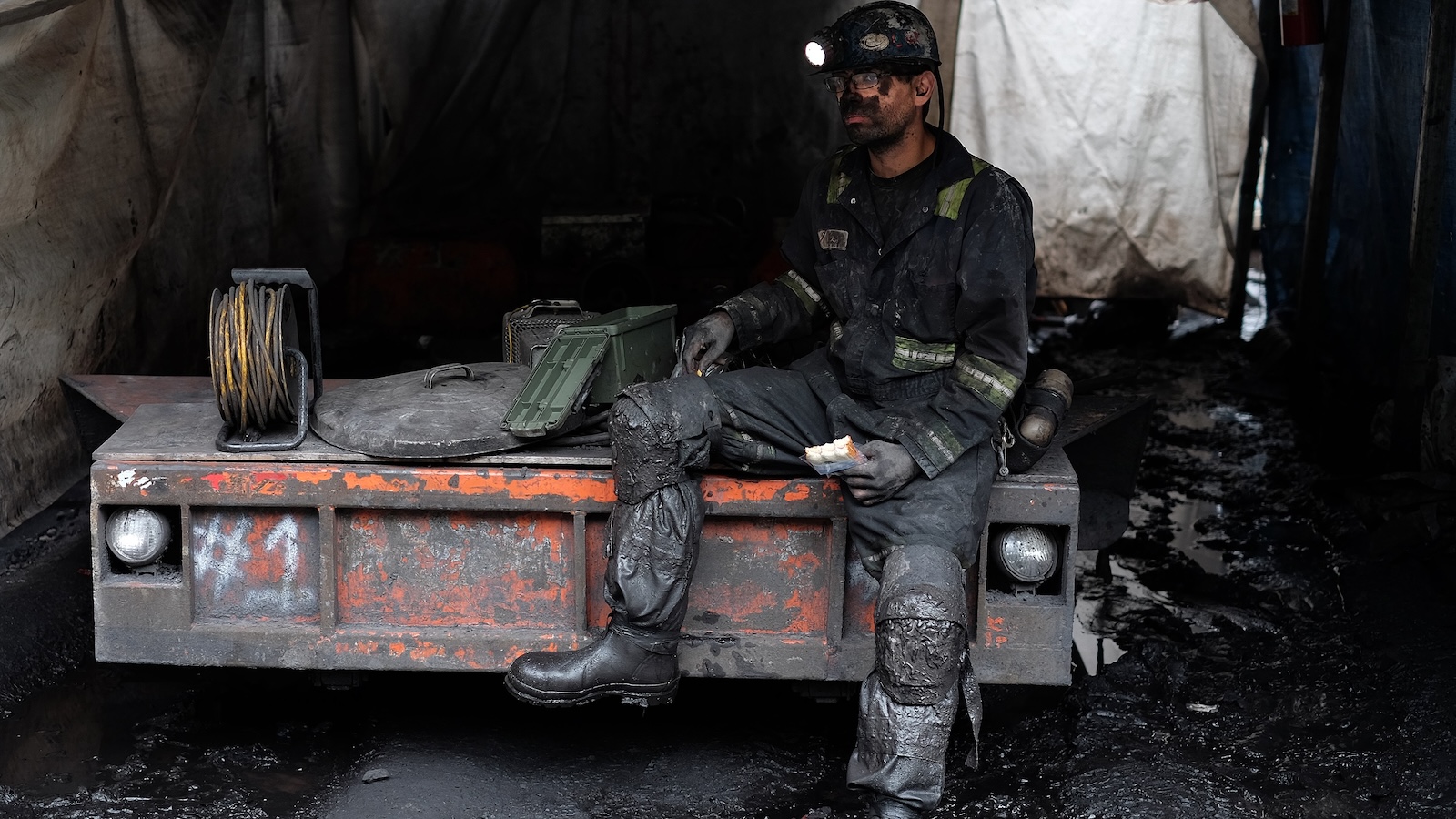The headline and blurb do not talk about why this is not anywhere near as good a thing as it sounds, but the article does.
And that, some worry, is exactly where the effort may fail. The new regulations still allow mine operators to conduct their own sampling, a longtime source of grievance for miners and their advocates who simply do not trust coal companies to accurately report silica levels.
…
Regulators allow mines to do their own monitoring because MSHA simply can’t afford to inspect every mine.
…
Even under the more labor-friendly Biden administration, MSHA saw a smaller-than-expected budget increases in last year’s annual appropriations bill.
…
Robinson also worries about other weaknesses in the new regulation. It uses an eight-hour day as an average to estimate silica exposure, but most miners work 10- or 12- hour shifts. It also allows for just four MSHA silica dust inspections per mine per year, a rate that may not capture the true risk of exposure. Recent investigations by National Public Radio also revealed the agency may have undercounted the number of black lung cases recorded in recent years because studies showing explosive growth have not yet been peer-reviewed.
Rebecca Shelton, the policy director at Appalachian Citizens Law Center, has been poring over the rule since its release. She is particularly concerned about coal companies’ continued control over testing, since the industry has had a history of cheating on results. Shelton said monthly mine testing by MSHA would be ideal because the amount of dust in the air can change depending on where in a mine the company is working, ventilation and other factors. The Mine Safety Health Administration dismissed the idea of creating a lower permissible exposure limit because it would be too costly for mine operators, something she said indicates “a prioritization of the economics of the industry over the lives of miners.”
deleted by creator
How is this still not a thing? Oh yeah. Money.




